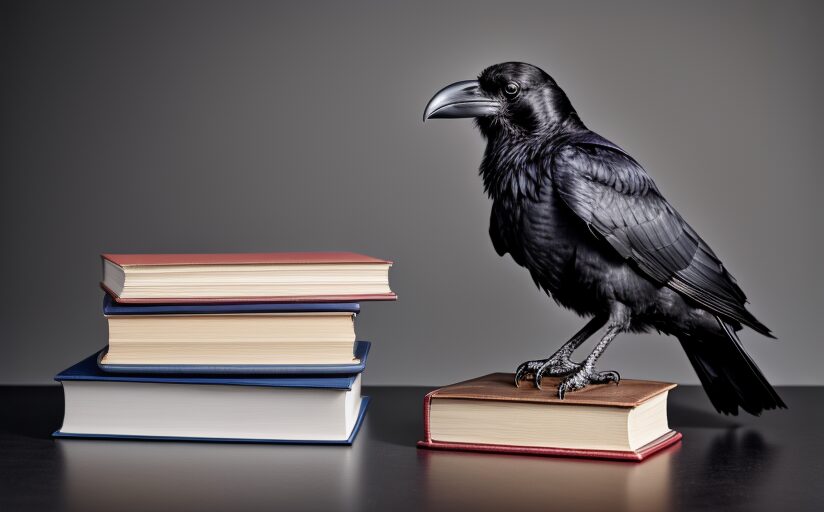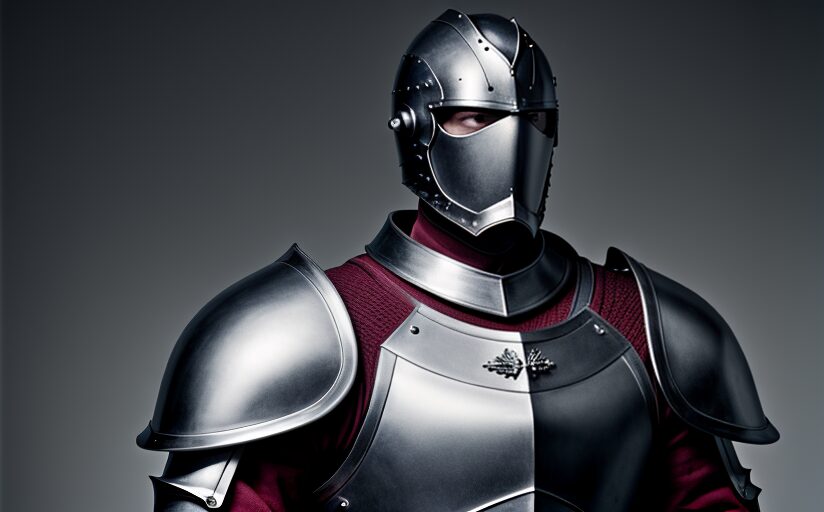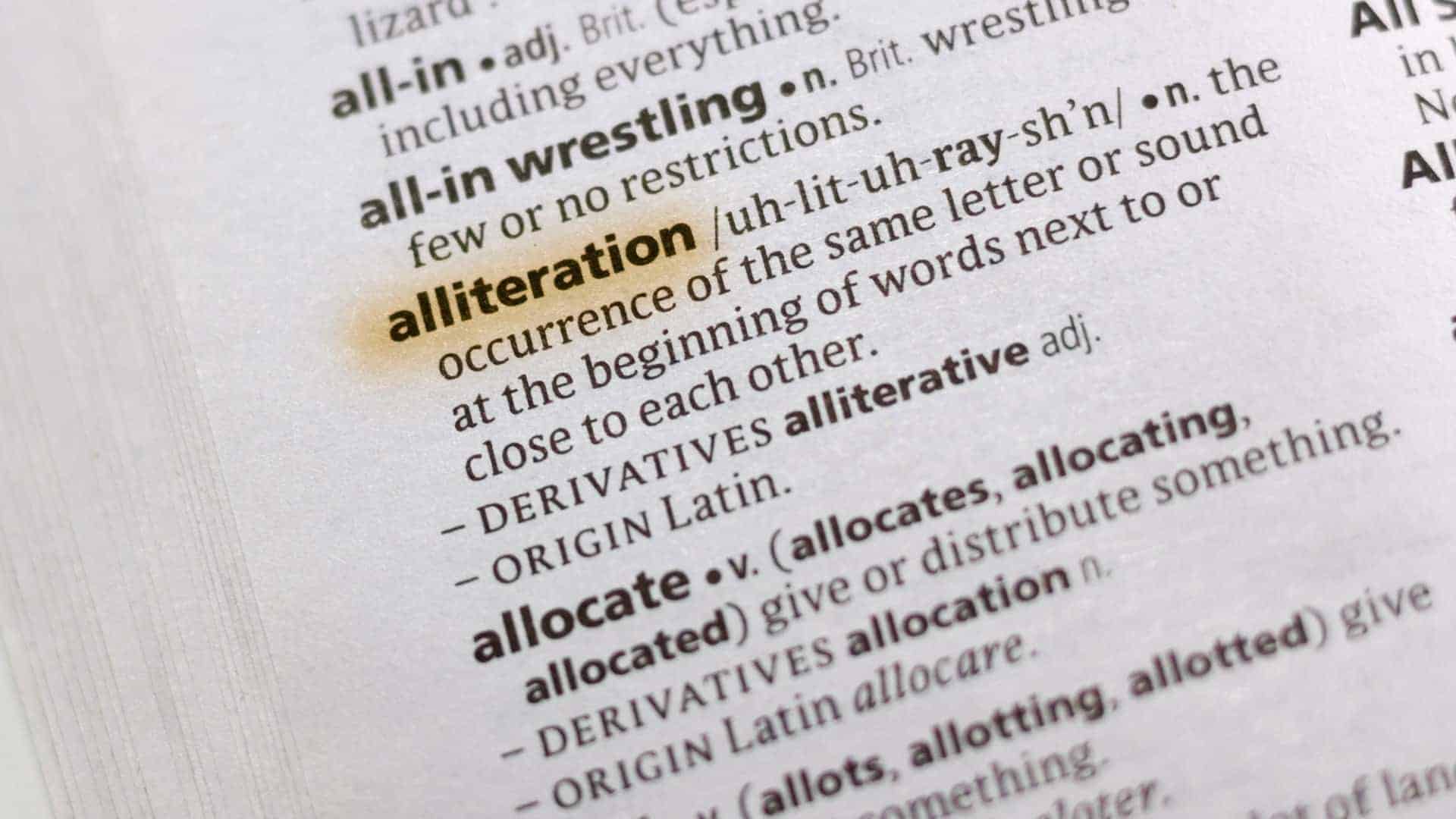There’s a certain allure to the art of astutely employing literary techniques such as alliteration. It can be subtle or blatant, funny or beautiful, and as enjoyable to write as it is to read. It’s a technique most often emphasized in creative writing, but it’s also an excellent tool for any type of content title, and you can still work it into more formal content if it doesn’t sound too forced. Best of all, even though you can blog with an open thesaurus to inject as many instances into your work as possible to illustrate your point, much of the best alliteration happens naturally.

The Alliteration Definition
The early 1600s saw the first recorded use of the word alliteration, which was derived from latira, or “letters of the alphabet” in Latin. Its modern alliteration definition is as follows:
- alliteration (n.): the repeated use of the same consonants or consonantal sounds at the beginning of at least two words in a phrase or clause.
So, wait a second; does “the same consonants or consonantal sounds” mean that my adroitly assembled archetypes aren’t actually true examples of alliteration?
I’m only human, so I did what most humans do when they’re confronted with the possibility of being wrong: I found an alternative alliteration definition that is much more agreeable to my existing understanding. (After all, I do proclaim to possess a prowess with prose.)
- alliteration (n.): the repeated use of a particular consonant or vowel sound at the beginning of at least two words in a line of poetry or prose (consonantal and vocalic alliteration, respectively).
There. Now I feel better.
So, Exactly What Is Alliteration?
Alliteration is the process of forming a phrase full of words that all begin with the same letter, syllable, or series of syllables that sound the same. There are two types of alliteration and some other literary devices that are similar enough to warrant a brief description of the differences.
1. Consonantal Alliteration
Consonantal alliteration is a series of words that all begin with the same consonant. For example:
- Peter Piper picked a peck of pickled peppers.
- She sells seashells by the seashore.
- But a bit of better butter will make my bitter batter better.
2. Vocalic Alliteration
Vocalic alliteration is a grouping of words that all begin with the same vowel, such as:
- I acquired an award for my amazing application of alliteration.
- Everybody you’ve ever encountered will be at this event.
- Intelligence and ingenuity in the same instant are infrequent incidents.
There is some debate among linguists as to whether vocalic alliteration is a true form of alliteration, however. I disagree, but all of the examples in this blog that I found while doing research begin with consonants, and I had to invent examples that start with vowels, for whatever that’s worth.
3. Consonance and Assonance
Consonance is the repetition of consonants or consonantal sounds throughout a phrase. For example, “If she love me, this believe, I will die ere she shall grieve,” is a line from the poem “Shall I Wasting in Despair” by George Wither.
Assonance, which is the repetitive use of the same vowel sounds in a series or words, is also commonly found in poetry and song lyrics. For instance, Pink Floyd’s “Granchester Meadows” contains the line, “In the sky a bird was heard to cry.”
The primary difference between alliteration and consonance and assonance is that, by definition, the repetition must be in the first letters or syllables in alliteration, where it can occur anywhere in the word with consonance and assonance.

Alliteration Examples — Adding Poignancy to Poetry, Poetry to Prose and Prose to Permanence
A fictional poet in “The West Wing” TV series offered that “an artist’s job is to captivate you for however long we’ve asked for your attention.” As one of the more stylistic literary devices, alliteration helps creative writers bewitch audiences by adding musicality to their poetry and prose, making it more enjoyable to read and recite. It also carries with it a certain functionality by helping writers hook their readers with clever wordplay.
Edgar Allen Poe
For example, Edgar Allen Poe is famous for his singsong rhythms, and “The Raven” is just one of his many works that demonstrate the use of consonantal alliteration:
“Once upon a midnight dreary, while I pondered, weak and weary,
Over many a quaint and curious volume of forgotten lore, —
While I nodded, nearly napping, suddenly there came a tapping.”
Shel Silverstein
Shel Silverstein was especially fond of the delightful bounce that alliteration supplied in his children’s poetry; “Standing Is Stupid” is an excellent example:
“Standing is stupid,
Crawling’s a curse,
Skipping is silly,
Walking is worse.”
J.K. Rowling
In her books about Harry Potter, Hogwarts, and the wider wizarding world, J.K. Rowling applies numerous literary devices so expertly that college students have used her seven-book series as the subject for theses. Her use of alliteration achieves assorted aims: It adds a poetic flow to the narrative, injects humor into otherwise dour circumstances, and gives young readers mnemonic tools for recall and association.
- “Eyes streaming, he swayed, trying to focus on the street to spot the source of the noise, but he had barely staggered upright…”
- “…vanished from view before Uncle Vernon’s voice…”
- “’Silence!’ snapped Snape.”
- The four founders of Hogwarts School of Witchcraft and Wizardry: Godric Gryffindor, Helga Hufflepuff, Rowena Ravenclaw, and Salazar Slytherin
Non-English
Alliteration is not necessarily limited to English, either. Consider the following Spanish tongue-twister, or trabalengua:
“’¡Mañana, mañana!’ me llama mamá,
‘Hay leche y pan y papá ya está.’”
Go ahead and run it through an online translator if you wish, but trust me — the English version is not nearly as much fun to say.

Mnemonics
Old English literature made extensive use of alliteration, and not exclusively for its artistic effect. Poems such as “Beowulf” were passed orally from generation to generation, and alliteration served as a mnemonic device to help storytellers memorize long lines of narrative.
“He was four times a father, this fighter prince.”
According to psychology experts, the repetitive linguistic cues that are the basis of alliteration add a deeper level to the thing we are trying to remember as they are stored through a process called acoustic encoding. Brand marketers frequently take advantage of alliteration’s subtle yet powerful effect on our ability to recall the names of companies, products, and characters, among other things.
| Companies | Bed, Bath & Beyond Weight Watchers Dunkin Donuts Best Buy |
| Products | Jujubes Captain Crunch Armor-All Tater Tots Coca-Cola Grey Goose |
| Alter Egos | Clark Kent Peter Parker Bucky Barnes Lois Lane Bruce Banner |
| Sports | Pittsburgh Pirates Boston Bruins New Jersey Nets Seattle Seahawks Super Bowl Sunday |
| Events | Million Man March Golden Globes Beach Blanket Babylon |
The Allure of Alliteration
Alliteration is not just for audiences, either. As a writer, you may often come across opportunities to drop in a synonym and smile at your ingenuity. Even if the average reader doesn’t fully appreciate what you’re doing, your fellow wordsmiths will.
I did have a bit of trouble finding decent vocalic alliteration examples in famous literary works. Still, I’m sure my obnoxiously overdone utilization of alliteration throughout this blog has made its execution excruciatingly evident.
Can you recall any famous passages that make use of vocalic alliteration? Share your favorite all-time example of any type of alliteration in the comments!


Leave a Reply